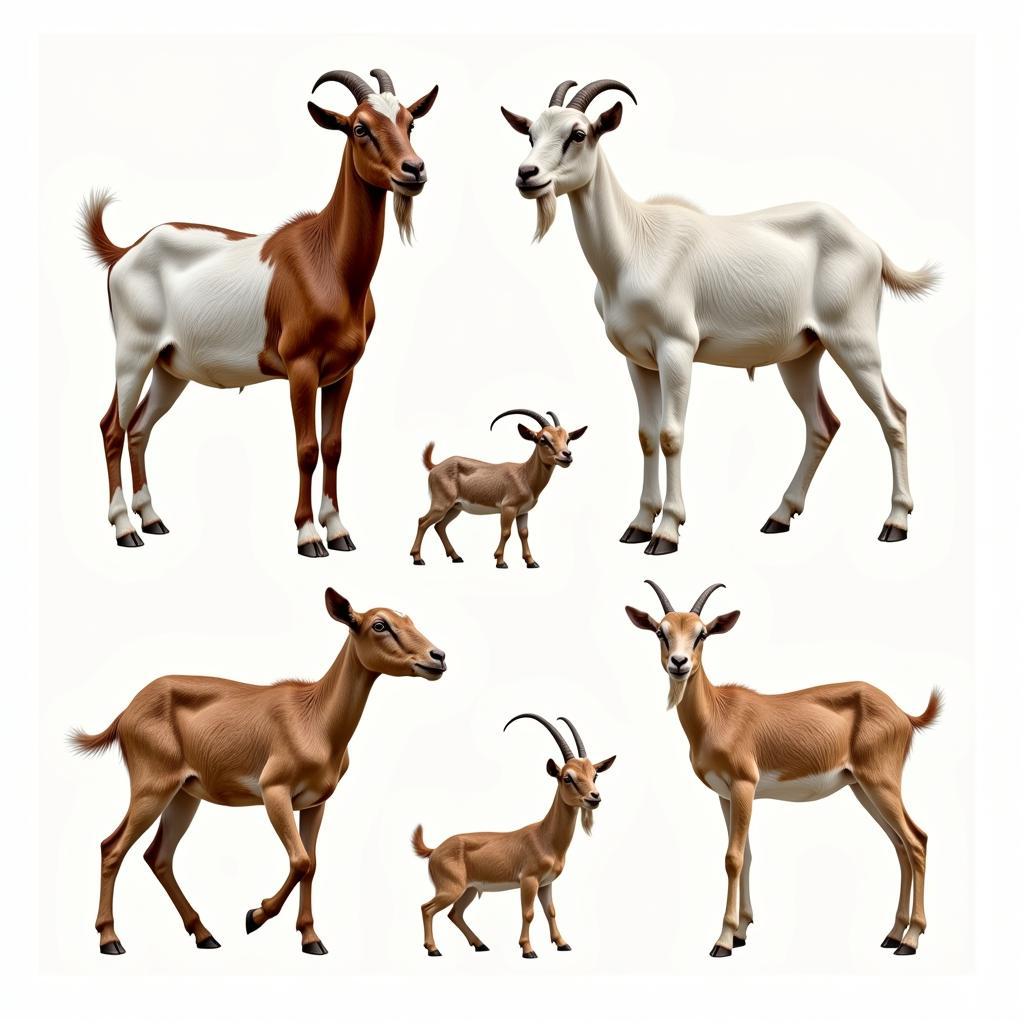The Enigmatic World of African Anacondas: A Guide to Understanding These Giant Snakes
African anacondas are some of the largest snakes in the world, captivating imaginations with their size and power. They are fascinating creatures that play a crucial role in the ecosystem, but many myths and misconceptions surround them. This comprehensive guide will delve into the world of African anacondas, dispelling myths and providing accurate information about their biology, habitat, behavior, and conservation status.
Unveiling the Truth: Are There Anacondas in Africa?
While the name “African anaconda” might conjure images of massive snakes slithering through the continent’s dense forests, it’s important to understand that true anacondas are actually native to South America. The term “African anaconda” is often used incorrectly to refer to other large snakes found in Africa, such as pythons, which are distinct species with unique characteristics.
Demystifying the African Anaconda: A Closer Look at the Species
The misconception of African anacondas arises from the presence of several large snake species in Africa, particularly pythons. Some of the most notable include:
- African Rock Python (Python sebae): This species can grow to impressive lengths, reaching up to 20 feet and weighing over 200 pounds. They are found in various habitats across sub-Saharan Africa, including grasslands, forests, and savannas.
- African Python (Python regius): Also known as the “ball python” due to its tendency to curl up into a ball when threatened, this species is smaller than the African rock python, reaching lengths of up to 6 feet. They are popular as pets due to their docile nature.
- Gaboon Viper (Bitis gabonica): While not technically a python or anaconda, the Gaboon viper is another large snake found in Africa that deserves mention. Known for its venomous bite, this species can reach lengths of over 6 feet.
Understanding Anaconda Biology: A Glimpse into Their World
Anacondas, found exclusively in South America, are known for their massive size, powerful bodies, and semi-aquatic lifestyle. Let’s explore some key aspects of their biology:
1. Size and Appearance:
- Anacondas are among the largest snakes in the world. The Green Anaconda (Eunectes murinus), the largest species, can grow up to 29 feet long and weigh over 500 pounds.
- They have a thick, muscular body with a distinctive olive-green color, often with dark blotches or spots.
2. Diet and Hunting:
- Anacondas are carnivorous, preying mainly on mammals, birds, and reptiles. They are ambush predators, using their powerful bodies to constrict and suffocate their prey.
3. Reproduction:
- Anacondas are ovoviviparous, meaning they give birth to live young. They can produce up to 100 offspring at a time.
The Role of Anacondas in the Ecosystem: A Balanced Web of Life
Anacondas play a vital role in maintaining the balance of their ecosystems:
- Predator Control: They help regulate populations of various prey species, preventing overgrazing and ensuring healthy biodiversity.
- Nutrient Cycling: By consuming prey and decomposing waste, anacondas contribute to the flow of nutrients throughout the ecosystem.
Dispelling Myths and Misconceptions: Separating Fact from Fiction
Numerous myths and misconceptions surround anacondas. Here are some common ones:
-
Myth: Anacondas can swallow humans whole.
-
Reality: While anacondas are large, their jaws aren’t designed to open wide enough to swallow a human. However, they could potentially inflict serious injury.
-
Myth: Anacondas are aggressive towards humans.
-
Reality: Anacondas are generally shy and avoid human contact. They only attack if they feel threatened.
Conservation Efforts: Protecting These Magnificent Creatures
Due to habitat loss and human encroachment, anacondas are facing threats to their survival. Conservation efforts are underway to protect these magnificent creatures:
- Habitat Preservation: Organizations are working to conserve and restore anaconda habitats, ensuring their survival for future generations.
- Raising Awareness: Education and outreach programs are crucial in promoting understanding and appreciation for anacondas, fostering responsible human interaction with these magnificent creatures.
FAQ: Addressing Common Questions
Here are some frequently asked questions about African anacondas, focusing on the African pythons that are often mistaken for them:
1. Are African pythons dangerous?
While African pythons are capable of constricting prey, they are not typically aggressive towards humans. However, it’s important to respect their space and avoid provoking them.
2. How can I identify a Python?
Pythons have a distinctive set of characteristics, including a slender body, a small head compared to their body, and heat-sensing pits located between their eyes and nostrils.
3. What should I do if I encounter a python in the wild?
If you encounter a python in the wild, the best course of action is to observe it from a safe distance. Never try to handle it or provoke it.
Embracing the Fascinating World of African Snakes
The African continent is home to an array of diverse and fascinating snake species. Understanding the unique characteristics of these creatures and respecting their vital role in the ecosystem is essential for their continued survival. While the term “African anaconda” may be a misnomer, it serves as a reminder of the captivating power and beauty of the snakes that inhabit this remarkable continent.




